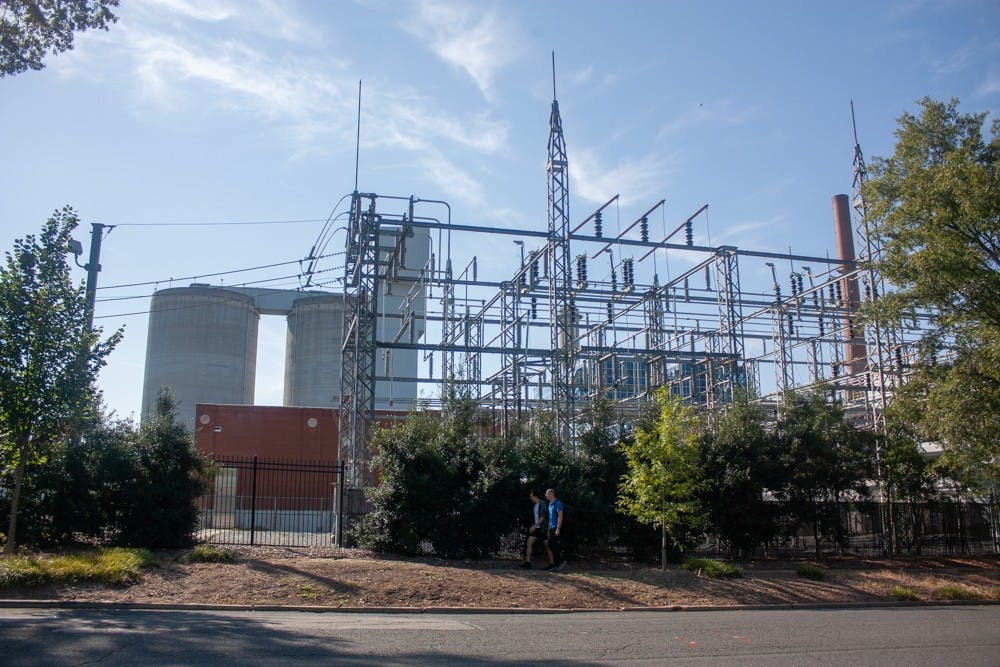Duke Energy Corporation issued a climate change plan last week with the goal of reaching net-zero carbon emissions by 2050.
The energy company presented itself as a leader continuing efforts to mitigate climate change and a forward-thinking advocate of “sound public policy that advances technology and innovation.”
In a press release announcing the plan, Duke Energy said it has reduced carbon emissions by 31 percent since 2005. Now, it said, it has raised its goal for 2030 from 40 percent reduction to 50 percent.
“These goals are challenging, and they require a thoughtful approach,” CEO Lynn Good said in a company video last week.
Duke Energy said it will maintain affordable consumer costs and reliable electricity access while modernizing the energy grid, looking forward to innovations in energy production and delivery.
In Sept. 17 statement, the Sierra Club commended Duke Energy for acknowledging its “responsibility to lead in the effort to decarbonize our economy,” but it and some other environmental groups criticized some of Duke Energy's plans, especially opening new natural gas power plants as it phases out coal.
Emissions data from energy consulting company M.J. Bradley & Associates show Duke Energy was the country’s largest electricity generator in 2017, and among the country’s power generators, it was the single biggest emitter of both carbon dioxide and nitrogen oxides.
Jim Warren, executive director of the nonprofit NC WARN, said Duke Energy is a monopoly that is "going the wrong direction" and doing what he called greenwashing — “a major, calculated deception” of the public.
Warren said Duke Energy is right that burning natural gas releases less carbon dioxide than does burning coal. But natural gas, he said, contains mainly methane, which traps atmospheric heat much more than carbon dioxide does.



